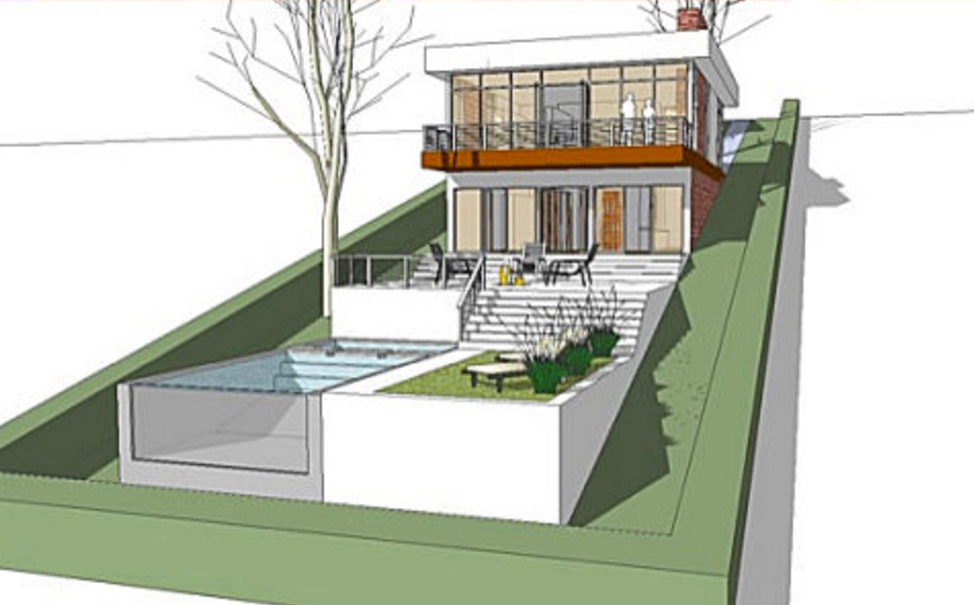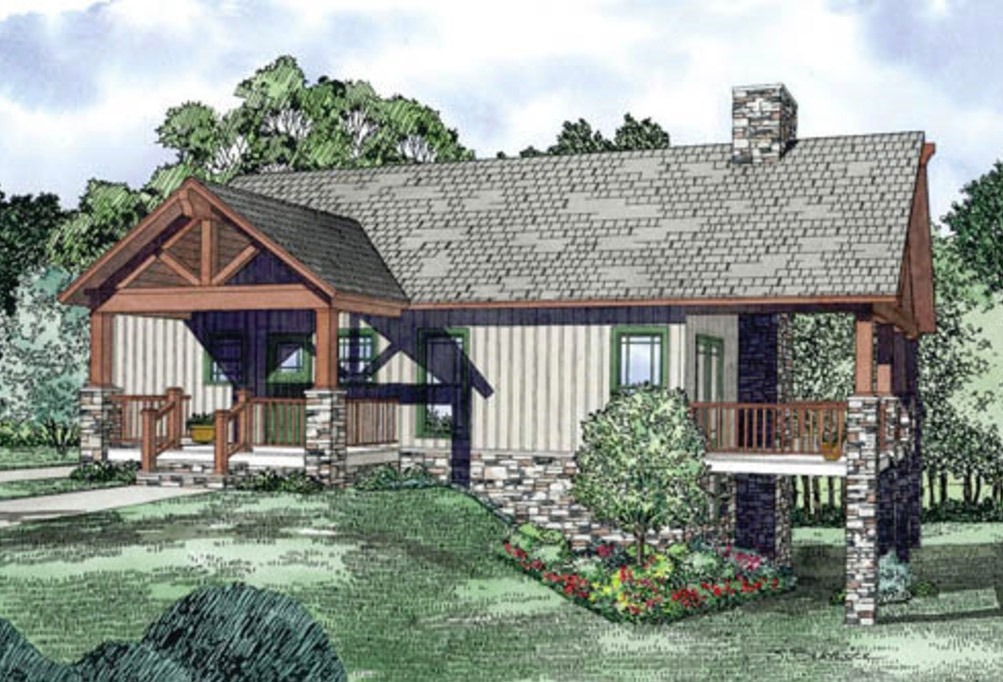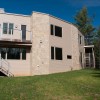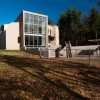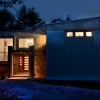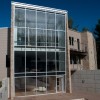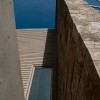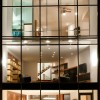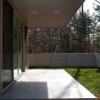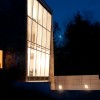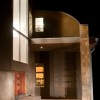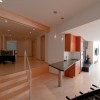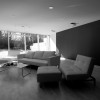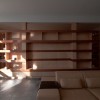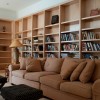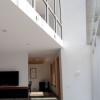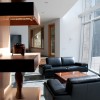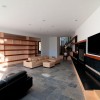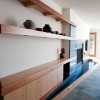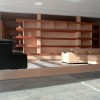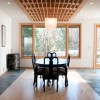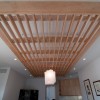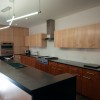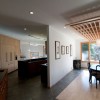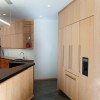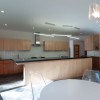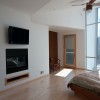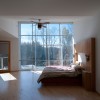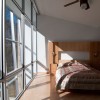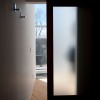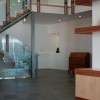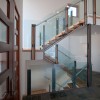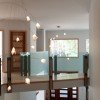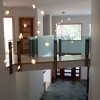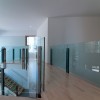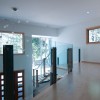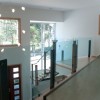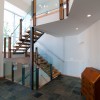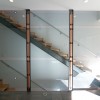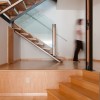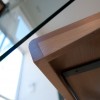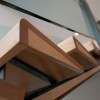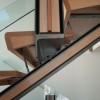House of the Month: Scandinavian Modernism in the Midwest
At first glance, it might seem difficult to reconcile modernist architecture, with its industrial roots and machined aesthetic, with a rural, forested site in the midst of Ohio. However, architect Jim Dorenbusch, owner of Junction Architecture & Design, found his inspiration in the work of Alvar Aalto and other Scandinavian modernists.
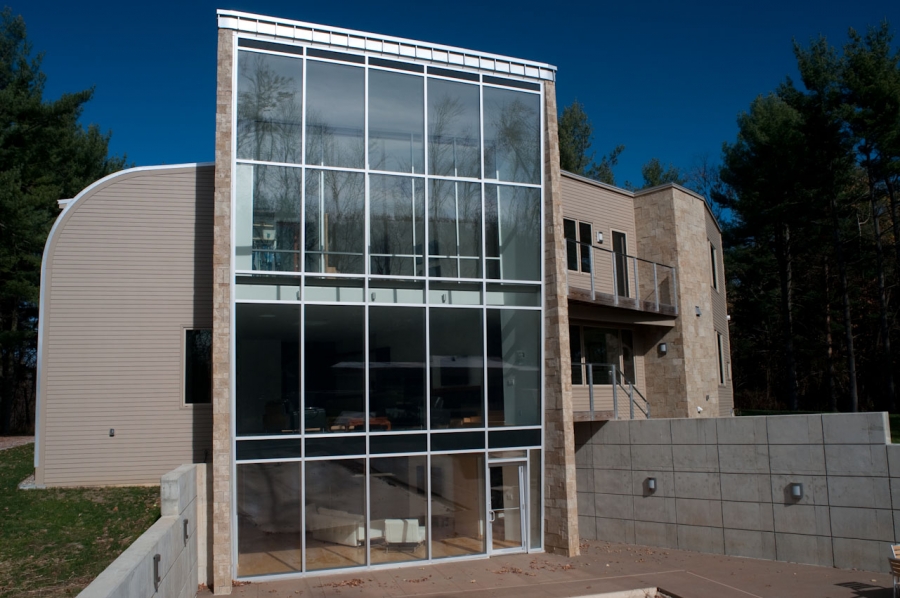 Damian Wohrer
Damian Wohrer
Scandinavian Modernism in the Midwest
“I’m a fan of Scandinavian modern architecture, where clean lines are combined with natural materials, and not the white, sometimes stark surfaces that are often seen.”
The 8,362 sq. ft. (777 sq. m.) wood frame residence, which was completed in 2009 and was designed for a sequestered site in Granville, Ohio, is clad in cement siding and synthetic stone. “The stone helped achieve a look that is reminiscent of some of the nearby historic mansions, which were built using local sandstone. The synthetic stone is similar in color, shape, and texture.”
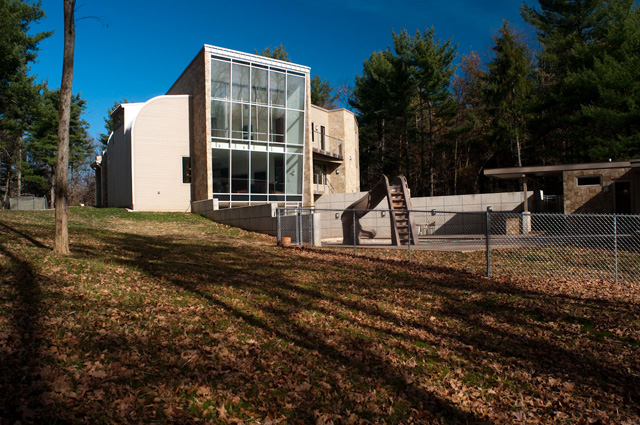


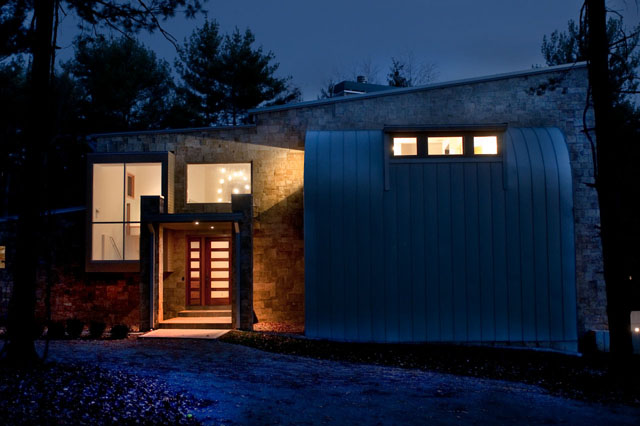
In addition to modernist design principles, the program for the Granville residence called for an environment that would accommodate the needs of a family of four while providing a venue for frequent entertaining. Dorenbusch’s solution was to create a building plan which “resembles a hand or a leaf. This allowed the house to fan outward toward the views in response to its site, and encouraged the creation of enclosed core spaces that are used to separate larger expanses of open space, much like fingers on a hand or veins on a leaf.”
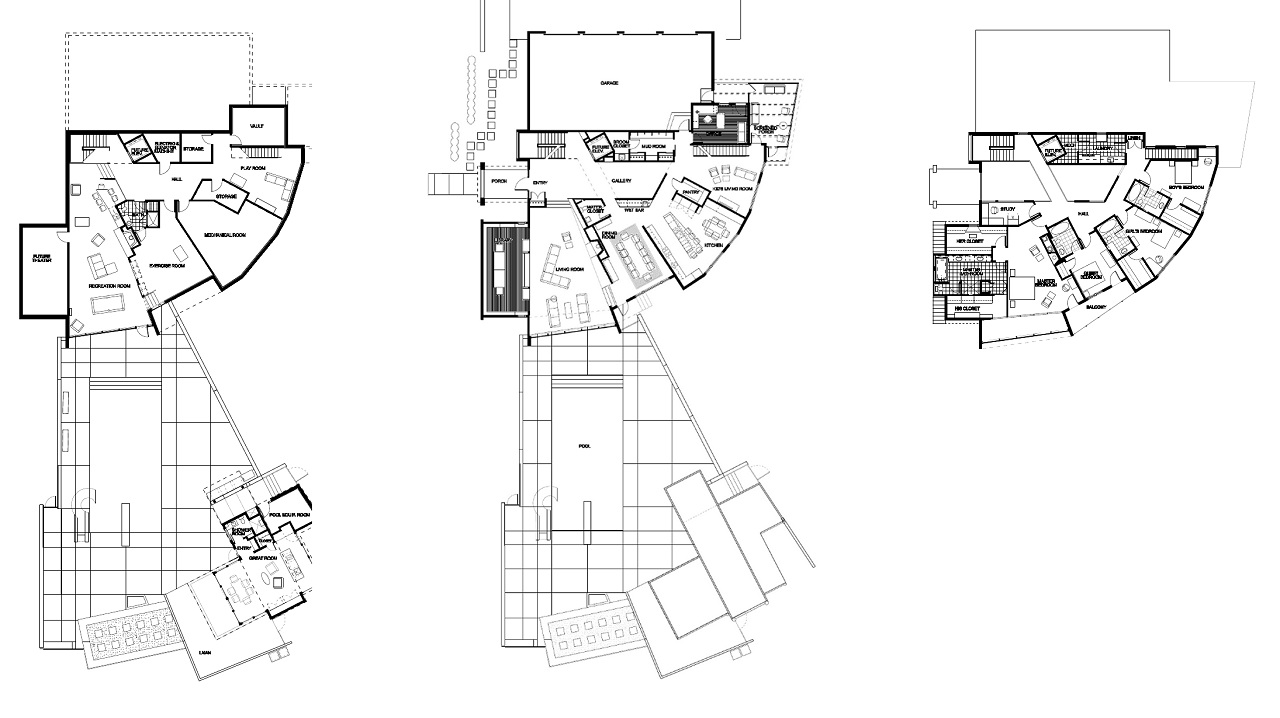
These core spaces accommodate service spaces as well as private zones; on the main level of the house, a library and half-bath serve as core elements, as do a block of kitchen cabinets, a pantry, and a fireplace. “They act as dividers to the five living areas, because, while the clients wanted an open flow of space, they also wanted some visual screening. Being able to position the walls at angles helped achieve this.” All of the rooms on the main floor are open to the entry hall and gallery, located at the stem of the leaf parti. The core spaces carry through to the upstairs, where they contain closets and bathrooms.
The clients also wished for their children’s living spaces to be separated from the more formal areas of the house. “This was achieved by using vertical stacking and through the arrangement of the circulation path. The kids’ gathering space carries down through to the basement, where they have a game room, just as there is a family rec room underneath the main living room. And the kids’ bedrooms are located above their living area.” A separate staircase in the children’s zone mirrors the main stairway, which is located adjacent to the entry hall. Both stairways are designed to be object pieces within the overall composition: treads of laminated wood are attached to c-channel stringers via bent steel plates, and frameless glass panels are used as balustrades, allowing the stairs’ structure to be completely visible.
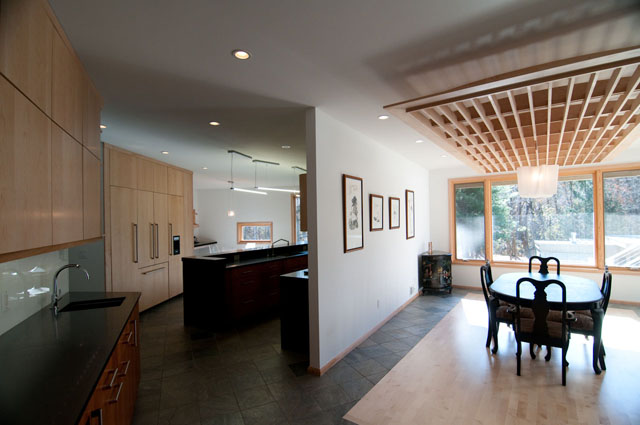
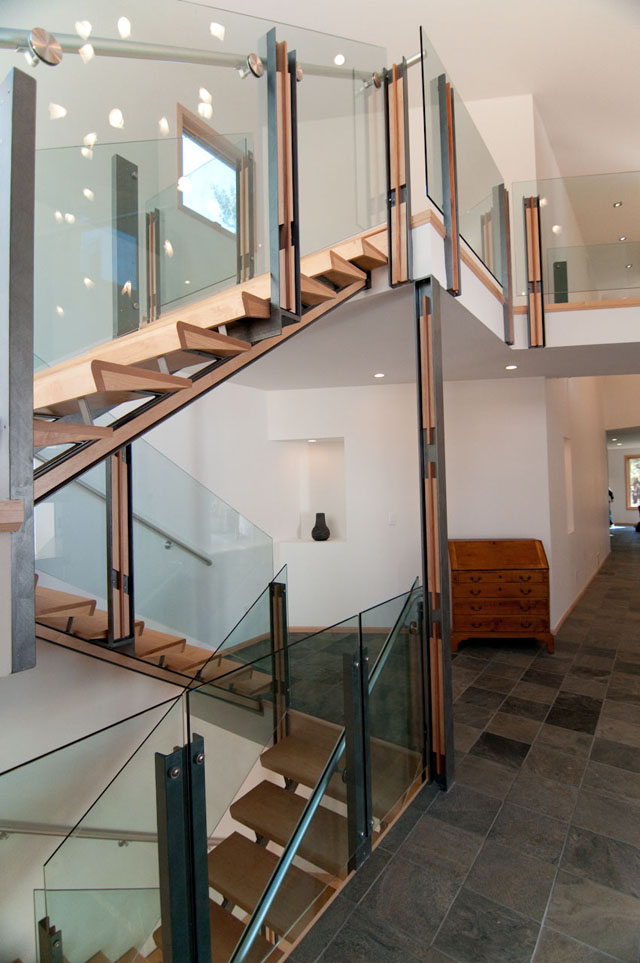

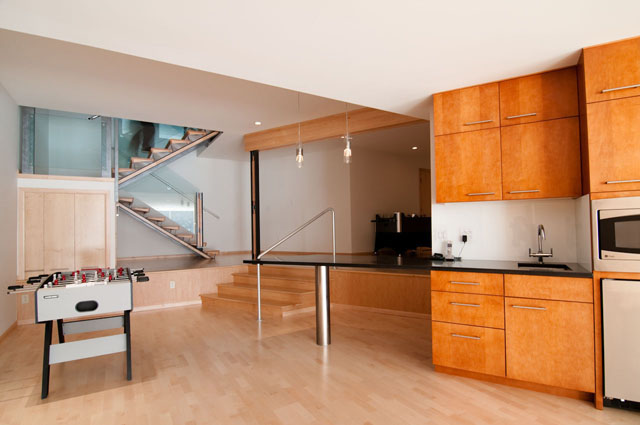
Interior surfaces are planar. Because the family has pets and also wishes to control allergens, all flooring is hard surfaces. Cut slate covers most of the main floor; to add warmth in the dining room, library, and office, inlaid laminate wood flooring was positioned flush with the slate. “A laminated product offered a more controlled thickness, helping keep the floor surface level,” says Dorenbusch. Second-floor bedrooms also contain laminated wood, and upstairs bathrooms are tiled. Custom-built two-toned doors for interior rooms were fabricated by using maple and lyptus, a farmed wood that is less expensive and more sustainable than mahogany. The doors are clear finished to let the natural coloration of the wood stand out.
The architect designed several built-in furnishings, including display cabinetry and the bed in the master bedroom. This helped maintain the clean lines of the design, while establishing an ideal location for the clients to display the art and Native American pottery that they collect. The architect was also involved in the selection of every fixture and faucet, just to ensure consistency in the design. His wife, Angela Dorenbusch, acted as the interior designer and was responsible for additional furnishings.
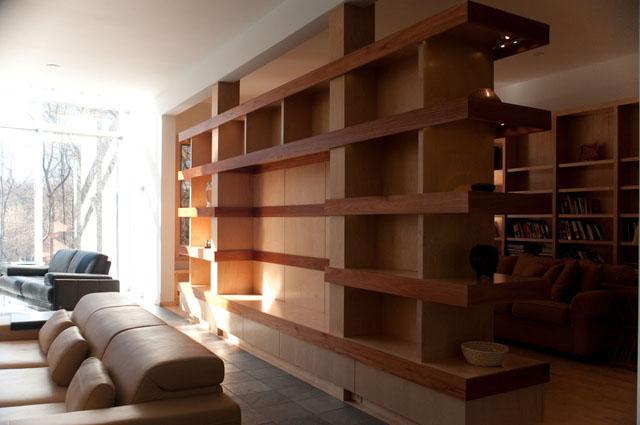


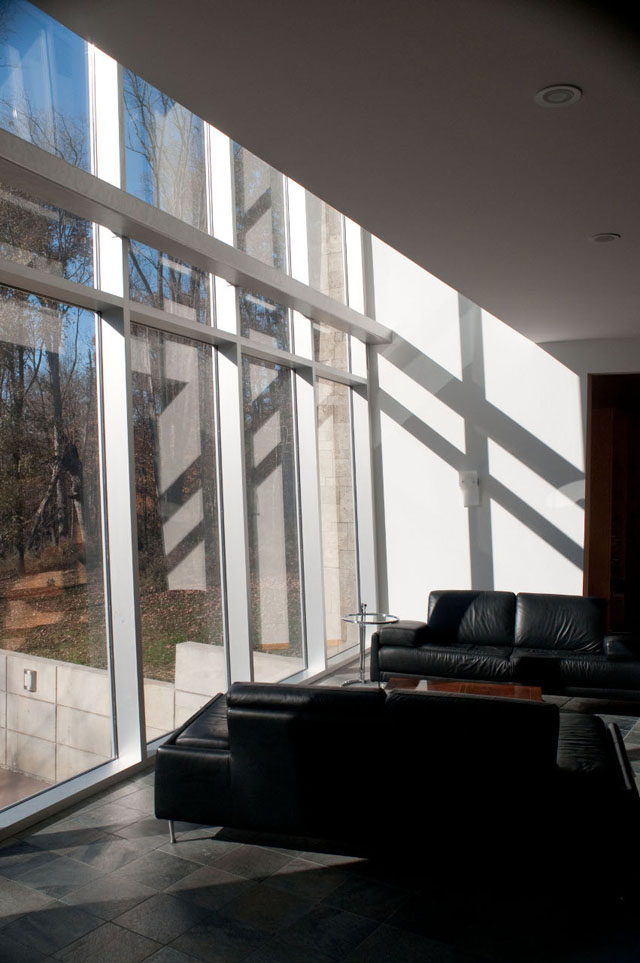
A three-story glass wall defines the southern elevation. It overlooks the pool house, which was completed in 2010, as well as the site of a future terrace, which is expected to be completed in 2011. The glazing of the wall was angled inward, a maneuver which serves three purposes, according to Dorenbusch. “The sloped glass is more reflective of the pool and ground than of the trees, which should discourage birds from flying into it. In the summer the glass positioning should help shade the interior; and it should also keep the glass cleaner,” he explains. No curtains obstruct the connection of the home’s interior with the outdoors, although motorized blackout shades afford the bedroom lighting control.
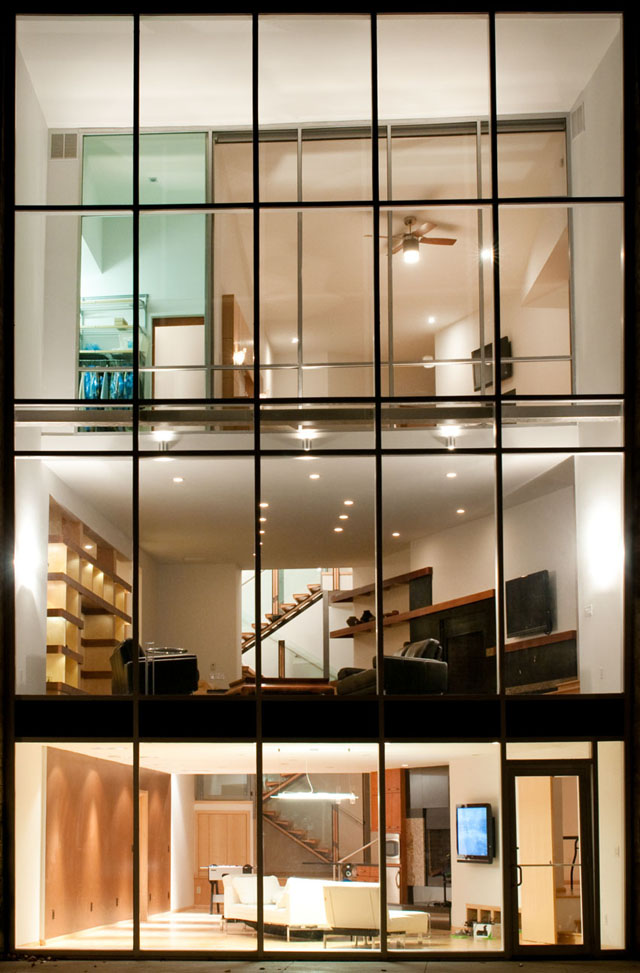
In addition to some sustainably sourced building materials, the house has several green features. A geothermal well is designed to accomplish a 50% energy savings over a traditional HVAC system. Spray foam insulation helped fill in some of the odd spaces created by the angled planes of the home’s design. Many of the materials -- including the metals, engineered woods, and stone products such as slate and granite -- are quite durable, ensuring that the structure will stand for a long time, a testament to the idea that modern residential architecture can fit seamlessly into a rural, traditionalist corner of the Midwest.
Project Data
- Total Building Area: 8,632 sq. ft.
- Lower Level: 2,480 sq. ft.
- First Level: 3,232 sq. ft.
- Second Level: 2,385 sq. ft.
- Pool House: 535 sq. ft.
- Architect: Jim Dorenbush, Junction Architecture, Pataskala, Ohio
- General Contractor | Builder: Mark Kauble, Axis Construction
- Location: Granville, Ohio
- Completed: 2009 (House) - 2010 (Pool House)
- Bedrooms: 4
- Bathrooms: 6
Photo Gallery
Exterior
Living Room and Library | Recreation Area
Kitchen | Dining Room
Master Suite
Staircase | Glass Railing

Kristin Dispenza
Kristin graduated from The Ohio State University in 1988 with a B.S. in architecture and a minor in English literature. Afterward, she moved to Seattle, Washington, and began to work as a freelance design journalist, having regular assignments with Seattle’s Daily Journal of Commerce.
After returning to Ohio in 1995, her freelance activities expanded to include writing for trade publications and websites, as well as other forms of electronic media. In 2011, Kristin became the managing editor for Buildipedia.com.
Kristin has been a features writer for Buildipedia.com since January 2010. Some of her articles include:


